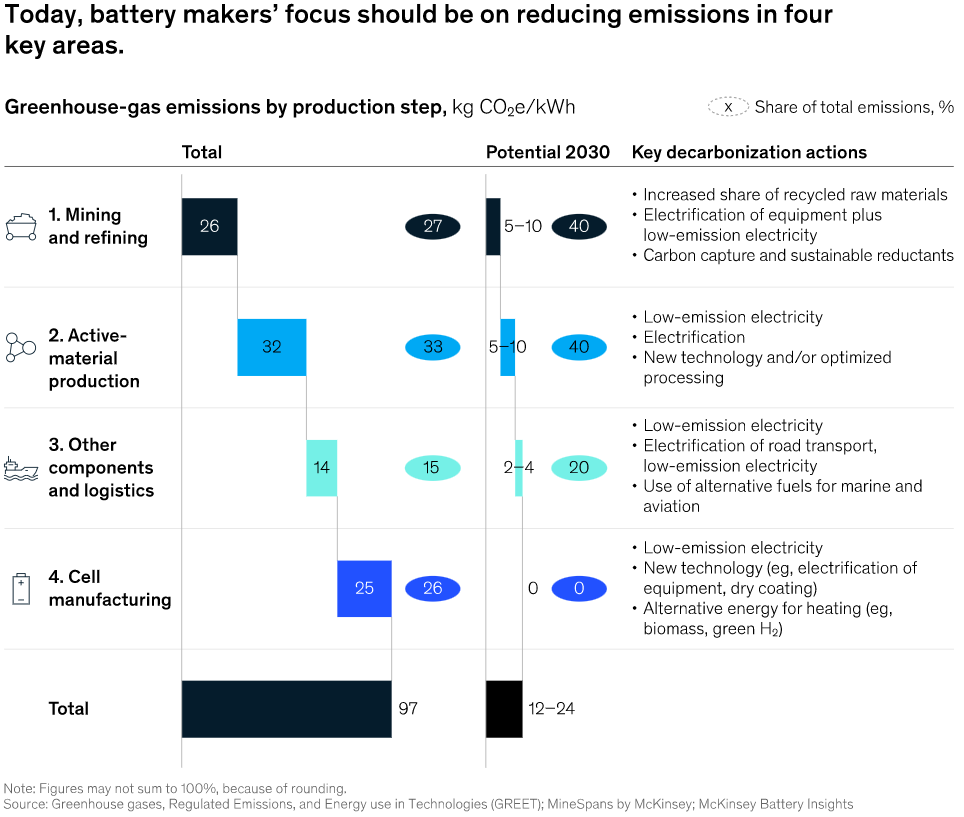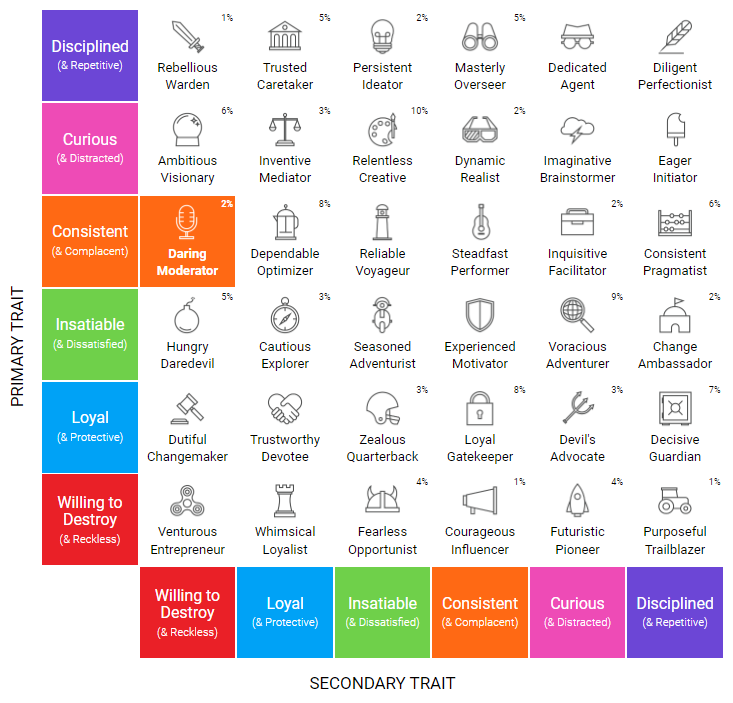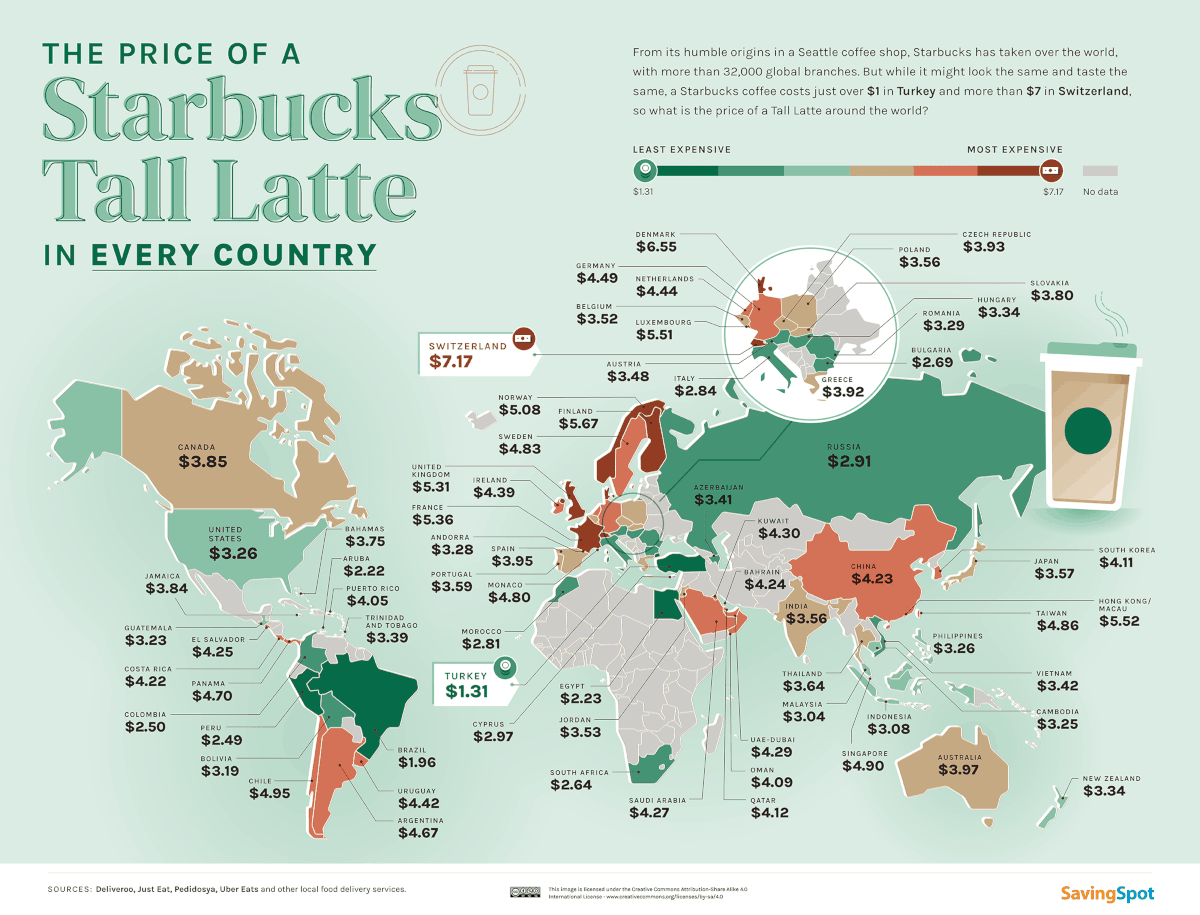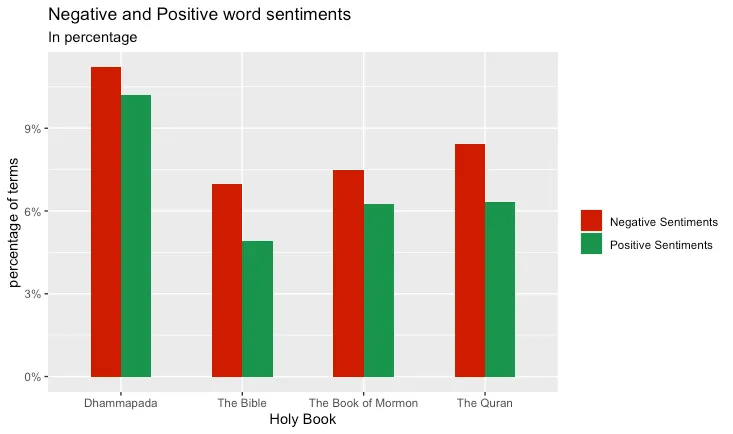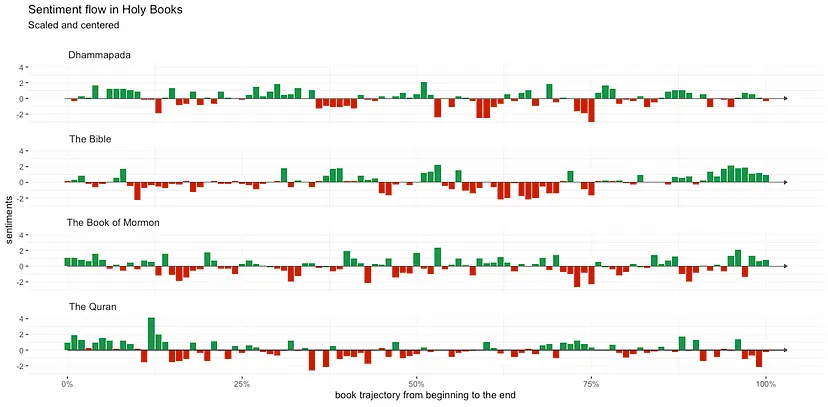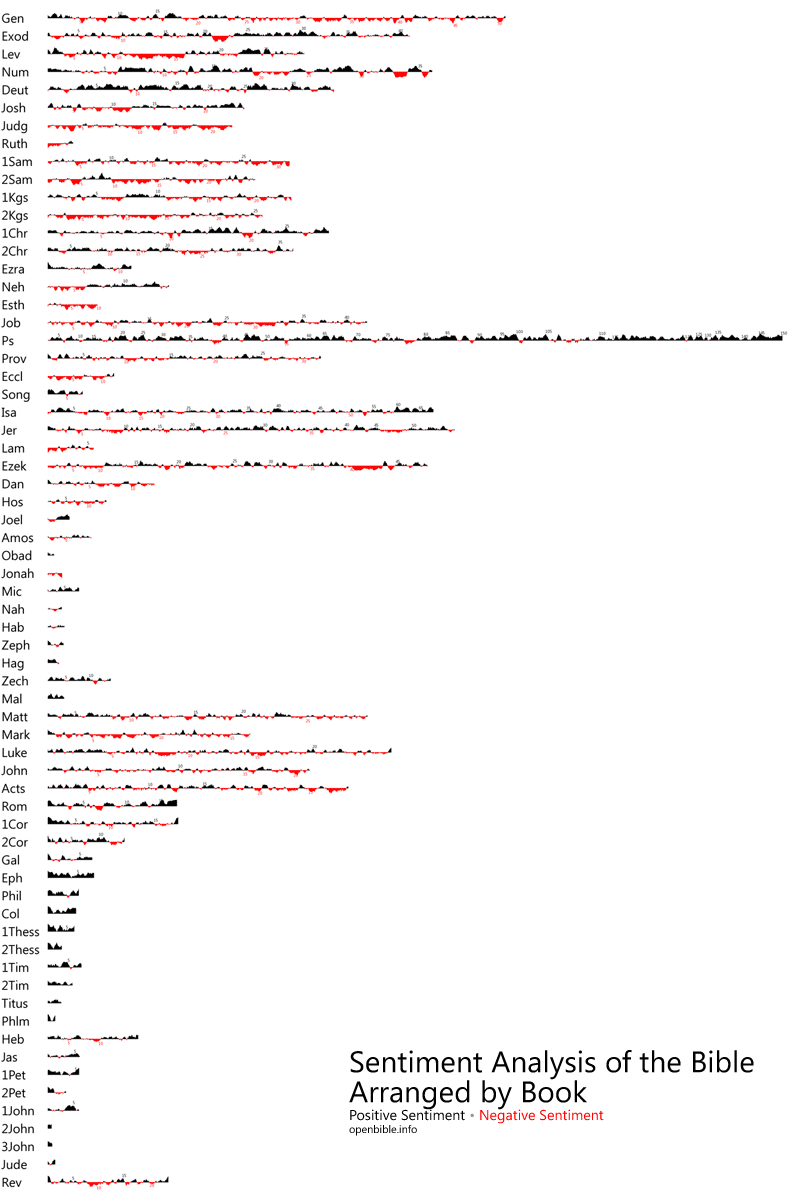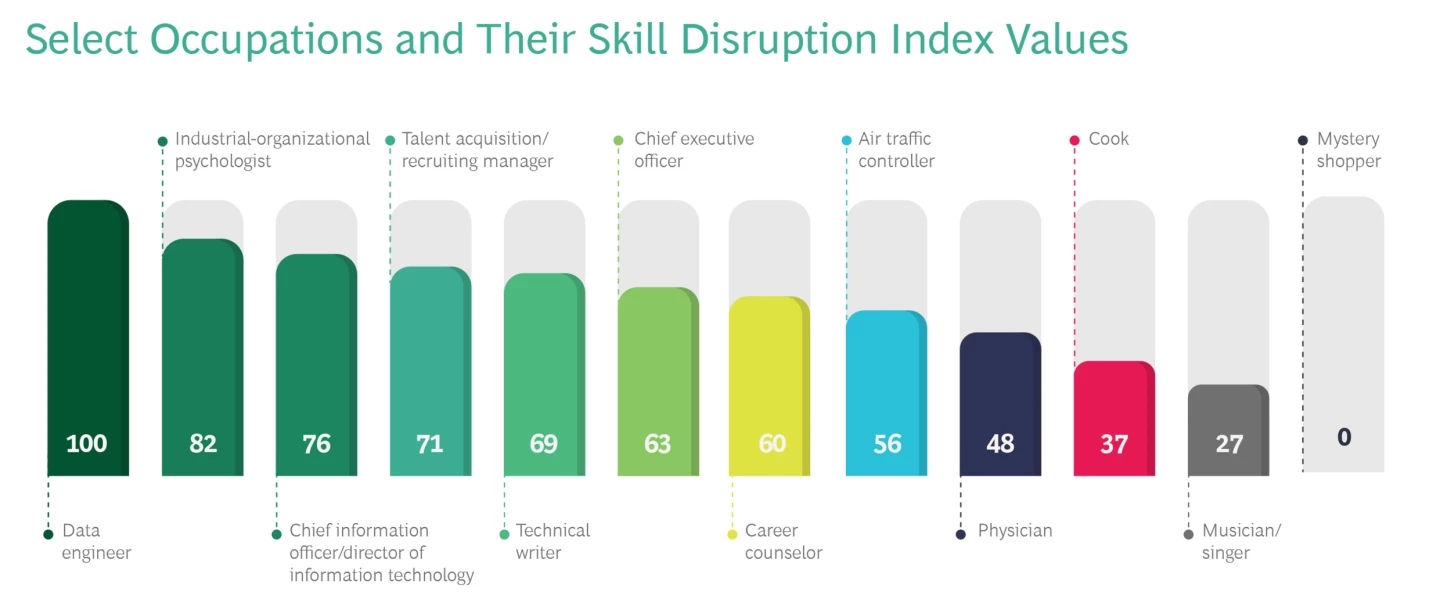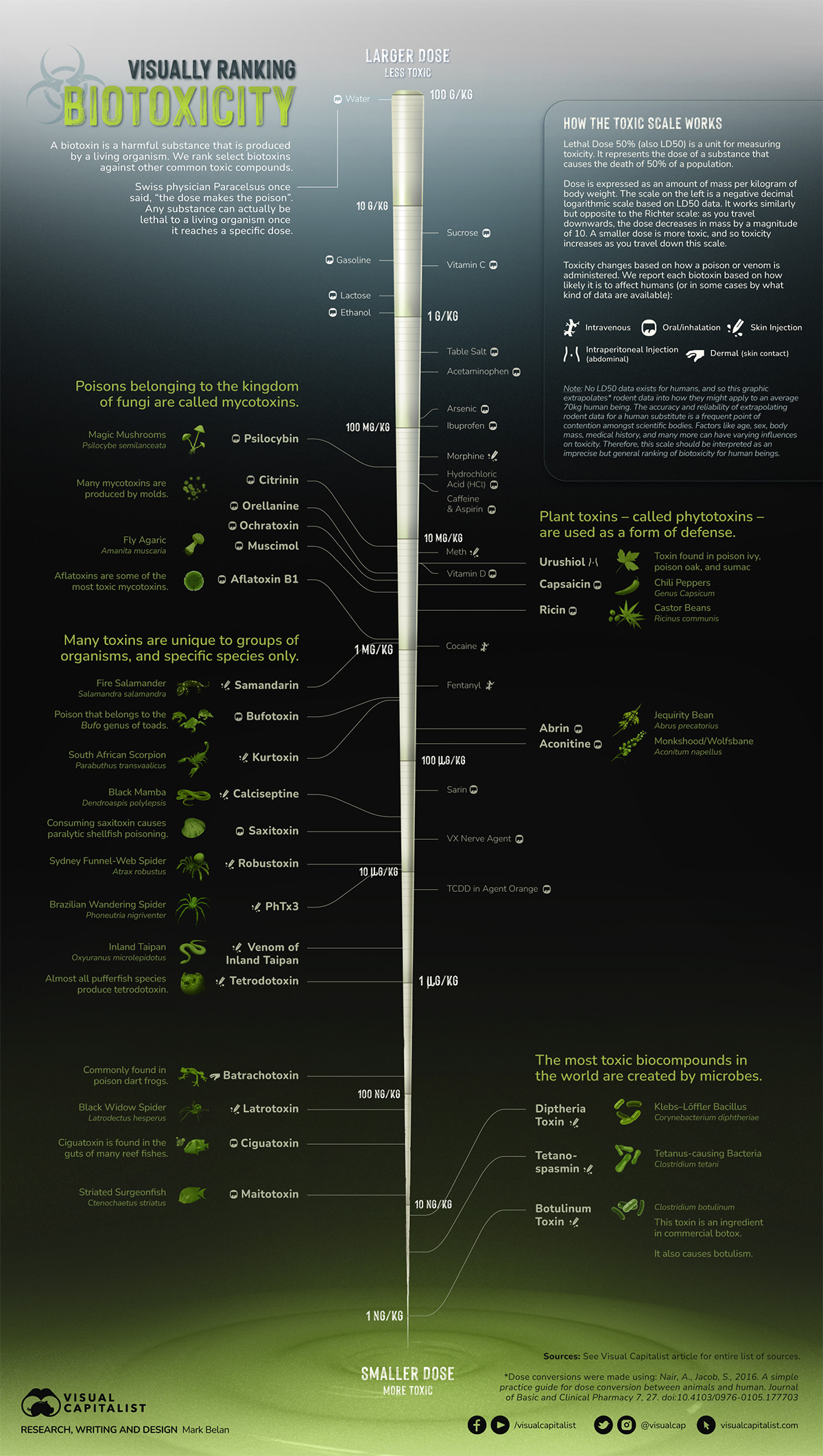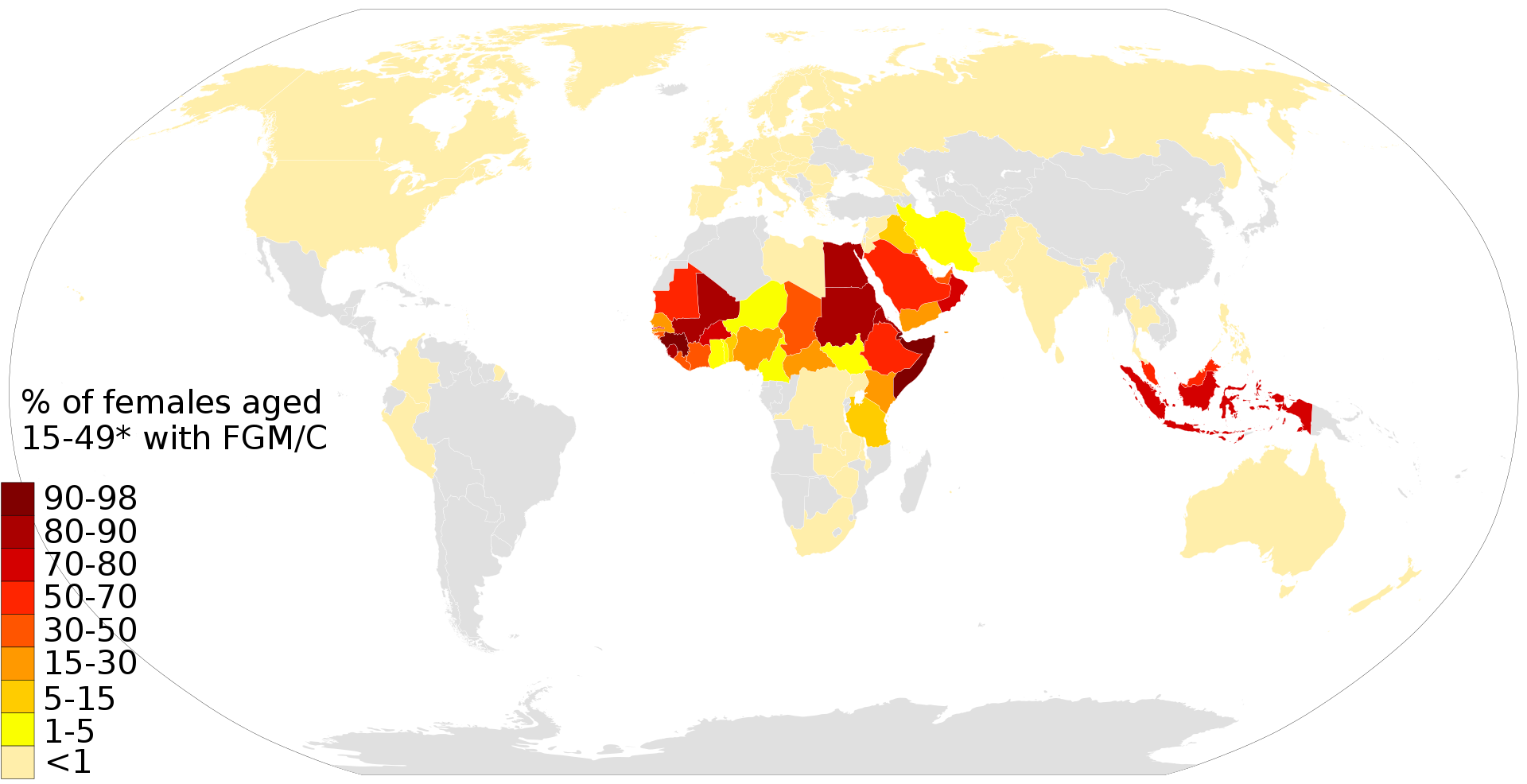Consumption Week 9
My notes from some of the media I consumed this week.
Energy, Climate, and the Future
Materials breakthrough: An anti-corrosive polymer that self-heals and is recyclable
https://interestingengineering.com/innovation/anti-corrosive-polymer-self-heals-recyclable
- The material, PPM, can be sprayed onto a surface and becomes solid when mixed with paint and heat. “The polymer indicates holes and cracks in the protective layer by failing to fluoresce. What’s more, it repairs any damage itself without further external intervention,”
- The recycling rate which is rated at 95 percent, makes it more sustainable than previous corrosion protection materials. The team was able to reuse the material five times.
Recapturing excess heat could power most of Europe, say experts
- Global engineering company Danfoss estimated that in the EU alone, excess heat was equal to 2,860 TWh a year, almost the same as the EU’s total energy demand for heat and hot water.
- Surplus heat is released into the air from a wide range of sources, including supermarkets, transport networks, data centres and commercial buildings. Much of this can be captured and used via existing heat recovery technologies, such as heat pumps, plus more efficient air conditioners and manufacturing machinery.
The race to decarbonize electric-vehicle batteries
NREL Scientists Find More Eureka Moments, Patent Activity Climbs In FY ’22
- The NREL Technology Transfer Office counted 133 records of invention in FY 2022, filed for 176 patent applications both in the United States and internationally, and obtained Department of Energy (DOE) permission to assert copyright to 78 software packages, which included the release of 58 instances of open-source software.
- Energy management, sand batteries, floating wind turbines, graphite from bio-oil
Li-Cycle Scores $375 Million DOE Battery Recycling Development Loan
- Li-Cycle uses an innovative vertically integrated two-step lithium-ion battery recycling and resource recovery process.
- The Spokes produce an intermediate product called black mass, which contains a number of critical metals and will be sent to the Rochester Hub for further processing into battery grade materials.
- The Rochester Hub is designed to have a processing capacity of up to 35,000 tons of black mass per year, which is equivalent to approximately 90,000 tonnes of lithium-ion battery material or 18 gigawatt-hours of lithium-ion batteries. Once fully operational, the Rochester Hub is expected to deliver annual production of up to 8,500 tonnes of lithium carbonate, 48,000 tonnes of nickel sulphate, and 7,500 tonnes of cobalt sulphate.
Breakthrough study shows seabirds avoid turbines
https://renews.biz/84106/vattenfall-seabird-study-maps-detailed-flight-patterns/
- JG: Turns out animals aren’t stupid.
- The €3m study used radar and AI technologies to track flight patterns in 3D around the developer’s Aberdeen wind farm from the European Offshore Wind Deployment Centre (EOWC) in Scotland.
- Vattenfall said no collisions or even narrow escapes were recorded in over 10,000 bird videos, while nearly all species of tracked seabirds avoided the zone of the turbine blades by adjusting their flight paths to fly between the turbines.
[Uncomfortable Conversations with Josh Szeps] “Predictions Of A Scientific Futurist” with Dr Catherine Ball
- JG: No specific notes, but she’ll be an interesting person to follow.
Personal Development, Health, and Fitness
Trend Hunter’s Innovation Assessment
https://www.innovationassessment.com/
- JG: I don’t really like these quizzes as the answer is always it depends, and these questions never have context. But still, I’m (with low certainty) a “Daring Moderator”.
‘Keep your eyes open – and leap into the future’: 100 centenarians’ 100 tips for a life well lived
https://www.theguardian.com/science/2023/feb/18/100-centenarians-100-tips-for-a-life-well-lived
- Having read through, the common themes seem to be:
- curiosity (learning, reading, travelling, etc)
- a purpose/staying busy (giving e.g. volunteering, or something you love e.g. art)
- laughing a lot, not stressing, and rolling with the punches life throws at you
- love and family
- exercise (singing/dancing were particularly popular)
4 Hour Chef - Tim Ferriss (Audiobook)
https://tim.blog/the-4-hour-chef-audiobook-private/ (free download)
- JG: Misses most of the content from the book (including all the recipes). Best section is META. It has inspired me to open the book again though, especially for the extended detail about DiSSS and CaFE (i.e. how to learn).
- Taste is 90% smell - always smell food first
Creativity is Productivity
https://www.scotthyoung.com/blog/2023/02/28/creativity-is-productivity/
- The randomness of creative success favors those who are the most prolific. Price’s Law captures this relationship in scientific output, estimating that half of the research of a given discipline will be produced by the square root of the number of researchers. So in a field with 100 contributors, ten will produce half of the published output. If every paper in the field has a roughly equal probability of being cited [Dean Simonton has analyzed the creative output of individuals across many domains and suggests an “equal-odds” rule best describes it: once a creative individual starts publishing in a field, each piece of work they produce has roughly equal odds of world-breaking impact.], these ten highly prolific authors will capture approximately half of all citations in their field.
- We prefer to attach creative success to a combination of innate talent, acquired ability and passionate commitment. (Yet) Over a surprisingly wide range of pursuits, creativity is productivity, and we will have more hits if we take more swings.
[Huberman Lab] How to Breathe Correctly for Optimal Health, Mood, Learning & Performance
- Breathing is better than meditation for reducing stress, with cyclic sighing the best (box breathing is also good). Even 1 physiological sigh can reduce stress. Five minutes is great.
- Inhale:exhale ratio can control heart rate (and sympathetic/parasympathetic nervous system, and hence stress)
- Inhaling: increased heart rate, faster reaction times, better memory
- Exhaling: decreased heart rate
- Hyperventilation causes O2 to increase and CO2 to decrease. But CO2 is needed to absorb O2, so when you hyperventilate the brain gets 30-40% less O2, which is what causes you to get hyper excitable and feel alert - but actually you function worse.
- CO2 blow-off time test and box breathing
- Take a deep breathe through your nose then breathe out through your mouth as slowly as possible and measure how long you can last: <20s, 20-40s, >40s.
- Box breathing for 4s, 6s, 8s respectively.
- Breathing through your nose is harder (smaller passage so higher pressure), but because of this higher pressure you can take deeper breathes.
- Physiological sighing 2-3 times can remove right side stitch when running (not left, that’s about air/fluid in stomach).
- Stop hiccups: 3 inhales through nose then hold 15s
- JG: I’ve always naturally breathed slowly and paused after each exhale. Most “slow” breathes in guided meditations are actually fast for me. Seems I’m actually breathing very healthily, and that this isn’t the norm. I wonder why? I wonder if a rural upbringing is partially responsible?
[The Jordan Harbinger Show] 803: Martin Seligman | Flourishing in an Uncertain Future
- People with positive emotions live 6-8 years longer.
- Being kind is the best way to improve your emotions.
- Pleasure comes from action - striving and succeeding.
- Optimists vs pessimists
- Optimists: think it is temporary and act to change it, will try harder.
- Pessimists: assume a bad situation will last forever.
- How to react
- To good things: find permanent/pervasive/personal causes
- To bad things: find temporary/local causes, and ones you can control
- Optimism vs positive emotions
- Being jolly protects against infectious illness, but optimism doesn’t.
- Optimism protects against cardiovascular illness, but being jolly doesn’t
- Meaning vs mattering
- Hard to develop your meaning - the existential questions.
- Easier to feel like your matter - receiving appreciation/thanks → how to be a good manager.
- How to give active constructive appreciation (not “well done”)
- Demonstrate you understand the context
- Get them to retell the story/emotions (relive it)
- Get them to say why they deserved it
- Get them to explain how it will help them
[Sliced Bread] Mattresses
- Medium-firm hybrid is best
Politics, Economics, Business, and Culture
Mapped: The Price of Starbucks Coffee, by Country
https://www.visualcapitalist.com/cp/mapped-the-price-of-starbucks-in-every-country/
What’s the most positive or negative religion? — Sentiment and Data Analysis of Holy Books with R
- Generally, religious texts are negative.
- Most popular positive vs negative phrase per text:
- Bible: Praise vs wicked
- Quran: Reward vs infidel
- Dhammapada: Beloved vs sorrow
Applying Sentiment Analysis to the Bible
https://www.openbible.info/blog/2011/10/applying-sentiment-analysis-to-the-bible/
- I see why most quotes on Facebook/Instagram etc are from Psalms
Shifting Skills, Moving Targets, and Remaking the Workforce
https://www.bcg.com/publications/2022/shifting-skills-moving-targets-remaking-workforce
- We looked at the skills that employers requested in job postings each year and compared those skills with the ones requested for the same occupation in 2016. We broke down the change in two ways. First, we looked at the skills that were completely new to jobs—the ones that employers didn’t ask for at all in 2016. Then, we looked at whether skills became more or less important to a role. The Skill Disruption Index, which combines the two measures, allows us to compare how rapid and significant the changes are in specific roles.
- We see four big trends in skill change:
- Digital skills, like technical fluency and abilities including data analysis, digital marketing, and networking, aren’t limited to jobs in IT.
- Soft skills, like verbal communication, listening, and relationship building, are needed in digital occupations.
- Visual communication has become increasingly important even outside of traditional data occupations. Experience with tools such as Tableau, MS Power BI, and Adobe Analytics is in high demand.
- Social media skills, such as experience with Facebook, LinkedIn, and Adobe Photoshop, are in demand in the current media climate.
- JG: This is one of the reasons I chose not to go into software/data - within 5 years, your knowledge is outdated.
[Brave New Earth] E11: Amory Poulden, Founder of D2
- Most VCs only want a $1bn exit so want growth regardless of how good the underlying business is. Easier with software companies as expansion costs are lower/easier to scale.
Everybody Lies - Seth Stephens-Davidowitz
- The power of big data
- Google searches > surveys (as people are more honest)
- Satellite images of light vs stated GDP (light = money)
- Text analysis for cultural shifts (the United States are vs the United States is)
- Interesting findings
- Strong second date predictors: woman saying “I”; few questions
- You’ll support the sports team you supported age 8 and the political party you supported age 18
- Children born near large culturally-diverse cities with top universities are most likely to be successful (based on existence of Wikipedia page)
- But still need small data
- Conclusions are only as good as the data
- And can have other consequences
- Social media purposefully designing for addiction
Number of UK postcodes which only have one household
- There are 55,540 full postcodes in England and Wales that contain only one household.
Science, Technology, and Nature
Ranked: Biotoxins in Nature, by Lethal Dose
https://www.visualcapitalist.com/visually-ranking-biotoxins-in-nature/
How to Make Coffee Without the Beans
https://neo.life/2023/02/how-to-make-coffee-without-the-beans/
- It’s made by fermenting roots, pits, and seeds, about half of which are upcycled, or waste products. “We use grape seeds, date seeds, chicory, carob, lentils, and millet malt,” Saenz says. “Each one of these ingredients has a specific role, whether it’s to help with the mouth feel, the acidity, or the sweetness. We then grab some of those ingredients and put them through our proprietary fermentation process that allows us to develop some of the complexity around flavor and get some of the brightness and acidity notes that we’re looking for. And then we brew it with a process as close as possible to traditional coffee.”
- Caffeine, coffee’s irreplaceable stimulant, is added as an ingredient in both Minus and Atomo, in amounts comparable to traditional cold brews or energy drinks.
- Minus is meant to taste like a mocha java blend, with a medium roast, some chocolate and almond notes, and no acidity.
[The Jordan Harbinger Show] 801: Circumcision | Skeptical Sunday
- For males: statistically insignificant health benefits, risk of death from herpes or loss of dick.
- For females: evil, painful, dangerous form of patriarchal control; anyone who agrees with it should be put to death.

